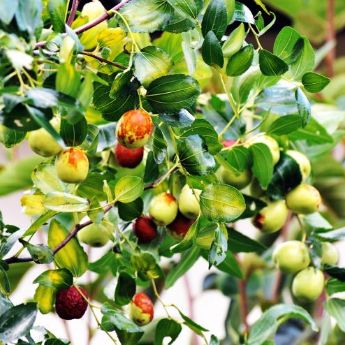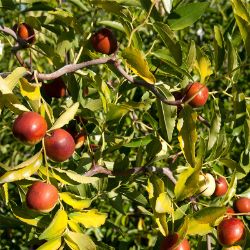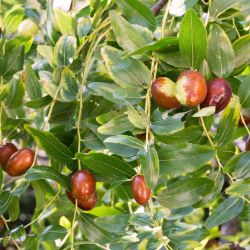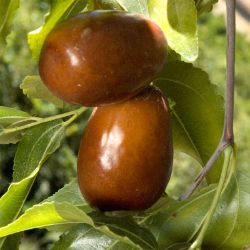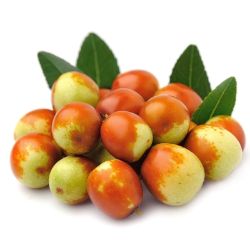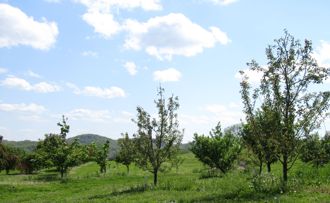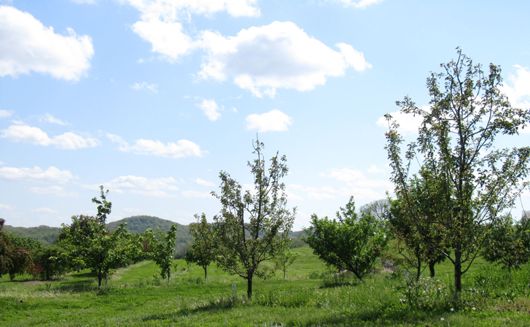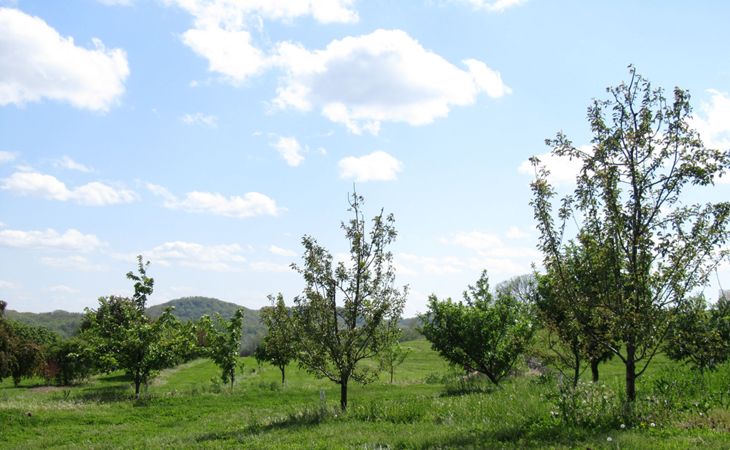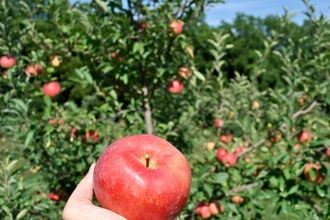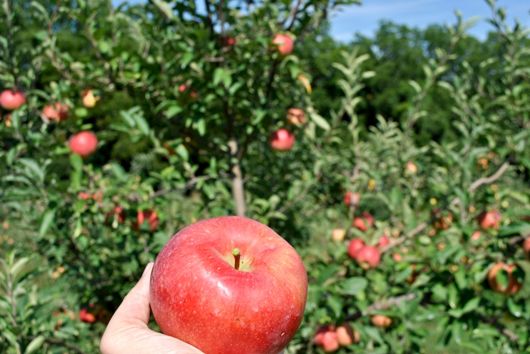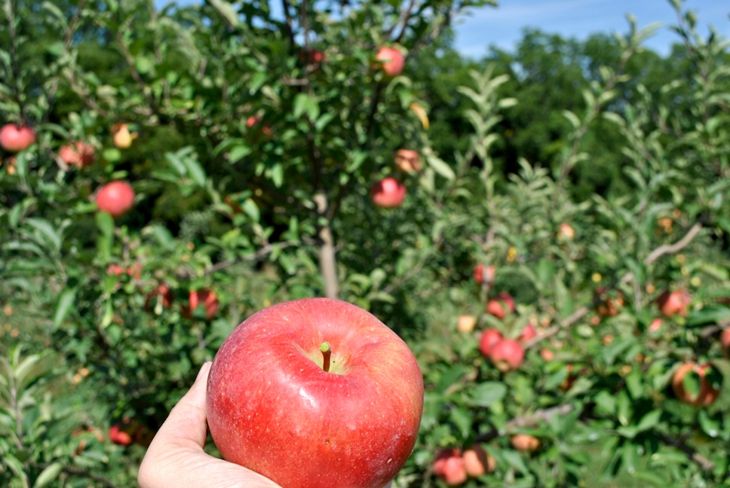Jujube Trees
Jujube Trees Buyer's Guide
The jujube (pronounced jo͞o-jo͞ob) is a member of the buckthorn family, or Rhamnaceae. Its botanical name is Ziziphus jujuba, and its common names is Chinese jujube, or sometimes, just jujube. Though the plant’s origin is probably Syria, it was distributed throughout much of the Mediterranean region at least 3,000 years ago and today is most widely grown in China.
Jujube fruit is shiny reddish brown with sweet apple flavor, and high sugar content. On average, they measure 1 1/2-2 inches long, oblong or round shaped and are plumb.
The fruit can be candied, dried, eaten fresh, or cooked in a variety of ways. If picked while still green, the flesh is crisp and sweet. When fully ripen, the fruit becomes wrinkled and chewy like a date. Often jujube is often referred as the Chinese date.
The tree itself is a lovely ornamental with thin shiny leaves and interesting bark. Jujubes ripen in mid- to late September.
Though jujubes are self-pollinating, meaning they will produce some fruit without another tree nearby, they perform better with cross-pollination from another jujube.
Jujube has a wide culinary history throughout the world. In addition to being eaten fresh, Jujubes are smoked in Vietnam, used in a sweet tea syrup and porridge in Korea and China, picked in Bangladesh, used to make wine in China, Brandy in Croatia, and marmalades and juices everywhere.
Jujube also has many medicinal purposes as well. It was been said to alleviate stress, is anti fungal, anti-bacterial, anti-ulcer, and anti-inflammatory.

